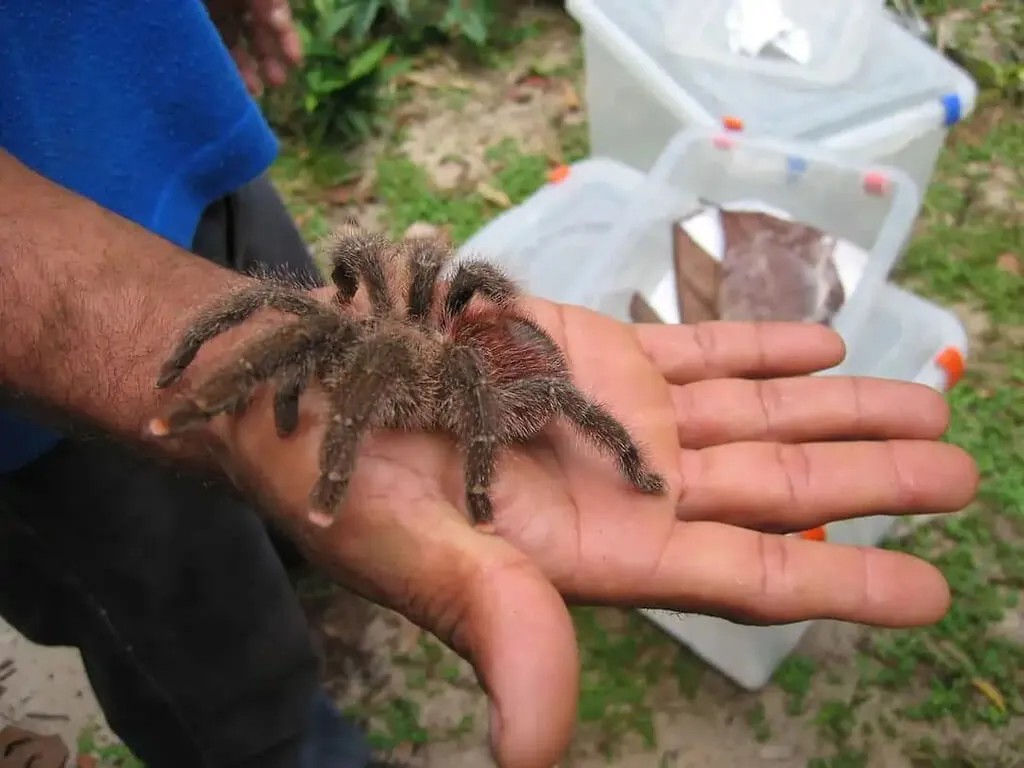Understanding the Pink Toe Tarantula (Avicularia avicularia)
The Pink Toe Tarantula, scientifically known as Avicularia avicularia, is a captivating and relatively docile species popular in the pet trade. Native to the tropical rainforests of South America, these arboreal tarantulas are known for their striking appearance and manageable care requirements. Understanding their natural history and behavior is the first step towards providing them with a comfortable and enriching environment. Learning about their origins and habits will help you provide appropriate care. This comprehensive guide will provide you with all the necessary information to ensure your pink toe tarantula thrives in captivity.
Origin and Habitat of the Pink Toe Tarantula
Pink Toe Tarantulas originate from the humid rainforests of northern South America, including countries like Brazil, Guyana, and French Guiana. In their natural habitat, they dwell in trees, constructing silken nests within the branches, often near the forest canopy. Their arboreal lifestyle means they are adapted to living above ground. This understanding is key to replicating their natural environment in captivity. The temperature and humidity are key factors in replicating the natural environment.
Appearance and Characteristics
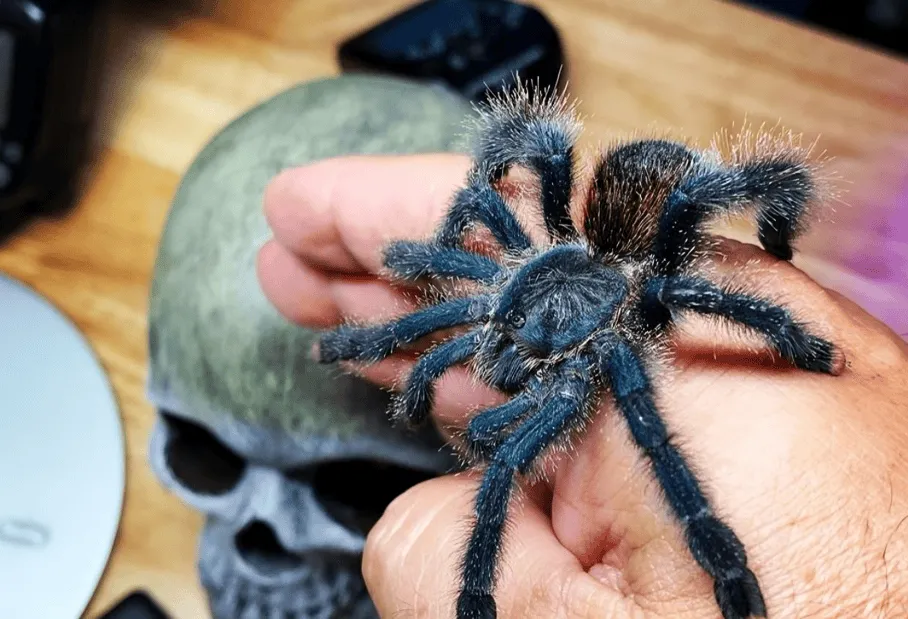
The Pink Toe Tarantula earns its name from the pink or reddish coloration on the tips of its feet. This feature, combined with its dark body and iridescent carapace, makes it a visually appealing species. They typically grow to a leg span of around 5-6 inches. Unlike some terrestrial tarantulas, Pink Toes have a more slender build. Their arboreal nature is evident in their ability to climb, and they possess specialized claws and setae (tiny hairs) on their feet to aid in gripping surfaces. This tarantula is also known for its docile behavior, making it suitable for beginner tarantula owners.
Creating the Ideal Enclosure
Creating the right environment is crucial to the health and happiness of your Pink Toe Tarantula. This involves selecting an appropriate enclosure, providing the right substrate, and maintaining optimal temperature and humidity levels. A well-designed enclosure will mimic their natural habitat and encourage natural behaviors such as climbing and web-building. Neglecting these aspects can lead to stress and health problems. Careful attention to detail in setting up their habitat is essential for their well-being.
Enclosure Size and Type
For a Pink Toe Tarantula, a tall enclosure is more suitable than a wide one, due to their arboreal nature. A good starting size for an adult is a 10-gallon aquarium or a similar-sized terrarium. The enclosure should be well-ventilated to prevent the buildup of humidity, which is detrimental to the tarantula’s health. The enclosure should also have a secure lid to prevent escape, as Pink Toes are capable climbers. The enclosure should be tall enough to provide ample vertical space for climbing and webbing. The enclosure should have a secure lid to prevent escape. A good rule of thumb is to provide an enclosure that is approximately three times the tarantula’s leg span in height.
Substrate Selection and Setup
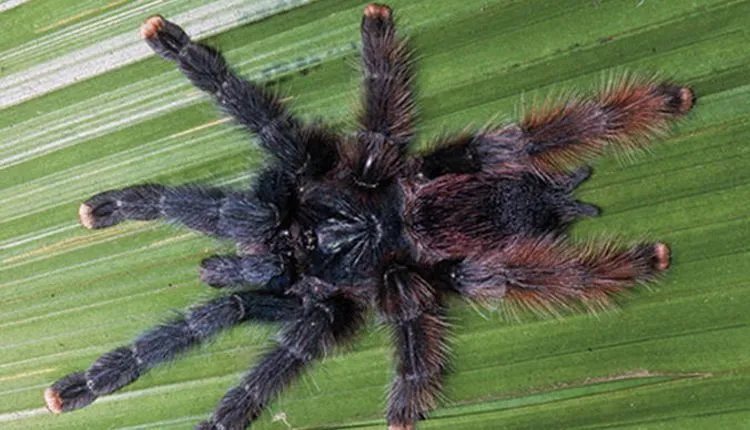
The substrate is the bedding material that covers the bottom of the enclosure. For Pink Toes, a substrate that retains some humidity is essential. A mixture of coco fiber, peat moss, and sphagnum moss works well. These substrates help maintain the required humidity levels. The substrate should be deep enough for the tarantula to burrow slightly if it chooses, though Pink Toes typically don’t burrow extensively. The substrate should be kept slightly moist but not waterlogged, which can promote mold growth and harm the tarantula. Regular spot cleaning is also important to remove any uneaten food or waste.
Temperature and Humidity Requirements
Pink Toe Tarantulas thrive in a temperature range of 75-85°F (24-29°C). This can usually be maintained with ambient room temperature, but a heat source like a low-wattage heat lamp or a heat mat can be used if necessary. Humidity levels should be maintained between 70-80%. This can be achieved by misting the enclosure with dechlorinated water every few days, allowing the substrate to dry out slightly between mistings. Use a hygrometer to monitor humidity levels. Proper ventilation is essential to prevent stagnant air and mold growth. Avoid placing the enclosure in direct sunlight, as this can cause overheating.
Feeding Your Pink Toe Tarantula
Proper feeding is vital for the growth and health of your Pink Toe Tarantula. Providing the right food items at the correct frequency will ensure your tarantula receives the necessary nutrients. The feeding regime can vary depending on the tarantula’s age and size, but the core principles remain consistent. A balanced diet and proper feeding habits will keep your tarantula healthy and active. Always remove uneaten food items to prevent mold and mites.
Appropriate Food Items and Frequency
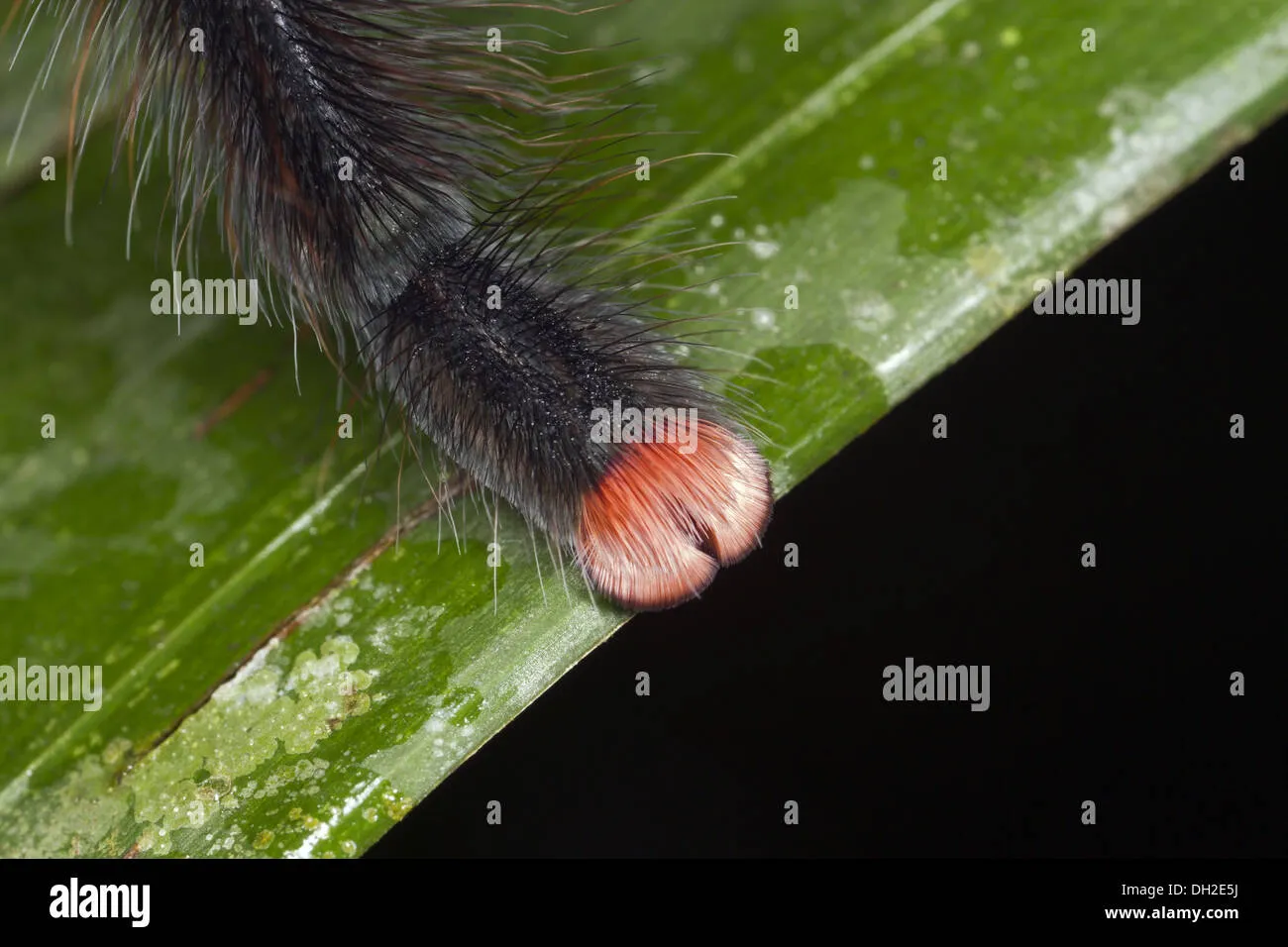
Pink Toe Tarantulas primarily feed on insects. Crickets, roaches, mealworms, and other commercially available insects are all suitable. The size of the insect should be appropriate for the tarantula’s size; the general rule is to offer prey no larger than the tarantula’s body. Juveniles should be fed more frequently (2-3 times per week), while adults can be fed once a week or every other week. Variety in the diet is also beneficial, so rotating between different types of insects is recommended. Overfeeding can lead to obesity, while underfeeding can stunt growth.
Watering and Hydration
Providing a clean water source is essential for your Pink Toe Tarantula. A shallow water dish should always be available. It is important to use dechlorinated or bottled water, as tap water can contain chemicals harmful to the tarantula. The water dish should be shallow enough to prevent the tarantula from drowning. Regularly check the water dish and refill it as needed. In addition to the water dish, misting the enclosure will also provide a source of hydration, especially during molting. Consistent hydration is crucial for their health and well-being.
Handling Your Pink Toe Tarantula
While Pink Toe Tarantulas are known for their relatively docile nature, handling them is not always necessary and should be approached with caution. Some tarantulas are more tolerant of handling than others. It’s important to prioritize the tarantula’s well-being. While bites are uncommon, they can be painful. It’s essential to understand when handling is appropriate and how to do it safely to minimize any risk.
When to Handle and When to Avoid
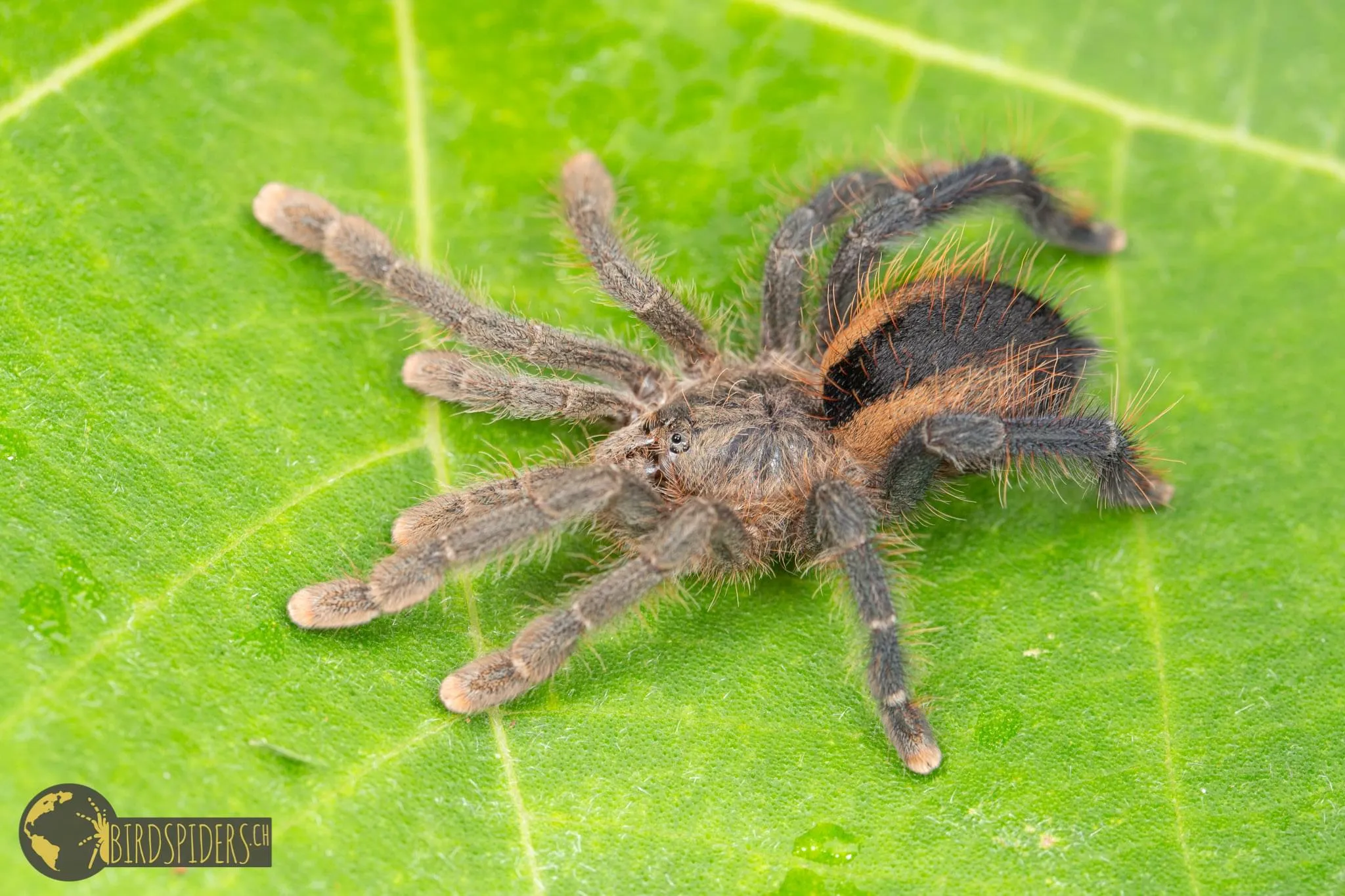
Handling your Pink Toe Tarantula should be kept to a minimum. Avoid handling your tarantula shortly after a molt, as their exoskeletons are soft and vulnerable. Also, avoid handling if the tarantula appears stressed or agitated. Signs of stress include defensive postures, such as rearing up or flicking hairs. Handle the tarantula only when necessary, such as during enclosure maintenance or when you need to move it. Always wash your hands thoroughly before and after handling to prevent the transmission of any potential contaminants. Be mindful of the tarantula’s well-being first and foremost.
Safe Handling Techniques
If you choose to handle your Pink Toe Tarantula, do so with extreme caution. Always handle the tarantula close to the ground or over a soft surface, in case it falls. Gently coax the tarantula onto your hand, allowing it to walk onto your palm rather than grabbing or forcing it. Avoid sudden movements, which can startle the tarantula. Never handle a Pink Toe Tarantula if you are nervous or unsure. If the tarantula starts to show signs of stress, such as raising its front legs or flicking hairs, gently place it back into its enclosure. If bitten, seek medical advice if the pain is severe or if any allergic reactions occur.
Common Health Issues and Prevention
Like all pets, Pink Toe Tarantulas can be susceptible to certain health issues. Many problems can be prevented with proper care and attention to their environment. Regular monitoring and preventative measures can greatly improve the tarantula’s overall well-being. Providing a clean and appropriately humid environment, along with a balanced diet, is critical to preventing health issues. This will ensure your pet lives a long and happy life.
Shedding and Molting
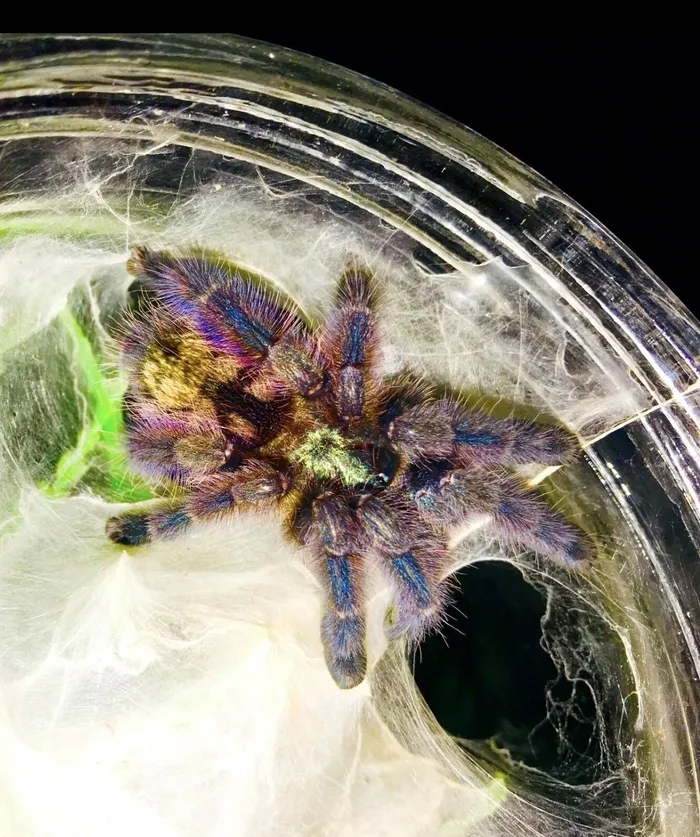
Molting is a natural process where tarantulas shed their exoskeleton to grow. During this time, the tarantula will usually stop eating and may hide. Providing a slightly more humid environment during molting can help. After molting, the tarantula’s new exoskeleton will be soft and vulnerable. Do not handle the tarantula until its exoskeleton has fully hardened, usually a week or two after molting. The frequency of molting decreases as the tarantula ages; juveniles molt more often than adults. Provide plenty of water for the tarantula to maintain proper hydration.
Parasites and Diseases
Pink Toe Tarantulas are generally hardy, but they can be susceptible to parasites, such as mites, and fungal infections. Inspect the tarantula regularly for any signs of mites or other parasites. If you notice mites, remove them. Fungal infections are often related to poor enclosure conditions, such as excessive humidity or poor ventilation. Ensure the enclosure is kept clean and well-ventilated to prevent such issues. If you suspect your tarantula has a health issue, consult a veterinarian experienced with exotic pets. A vet can identify the issue and recommend the proper course of action. Maintaining a clean and healthy environment will help prevent these issues.
Breeding and Reproduction (Optional)
Breeding Pink Toe Tarantulas is a more advanced topic and requires significant knowledge and preparation. It is important to have a thorough understanding of their needs before attempting to breed them. The process involves careful consideration of the male and female, mating, and caring for the egg sac. Understanding these processes ensures a higher probability of success.
Identifying Sex
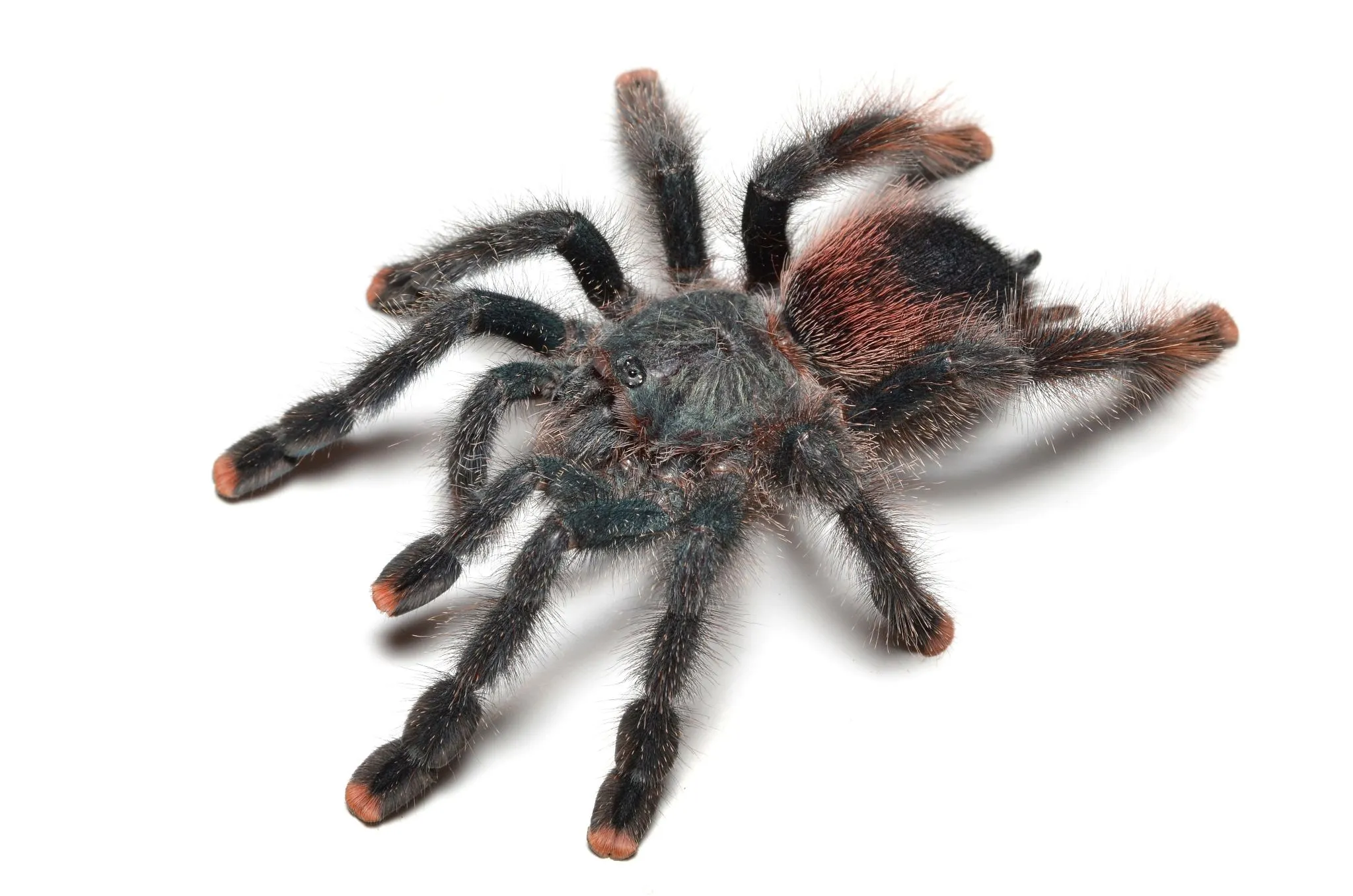
Sexing a Pink Toe Tarantula is necessary before attempting to breed. The most reliable method is to examine the tarantula’s molt. Under the microscope, a mature female will have a spermatheca (a sperm storage organ), which is absent in males. With experience, it is sometimes possible to determine the sex by looking at the underside of the tarantula, but this is less reliable. The pedipalps of the male tarantula will also have bulbous structures on the end that are used to transfer sperm during mating. Sexing is a critical factor in initiating breeding.
Mating and Egg Sac Care
Mating Pink Toe Tarantulas can be risky. The female may attack the male if the conditions are not right. The male should be introduced to the female’s enclosure, and careful observation is required. If mating is successful, the female will produce an egg sac. The egg sac should be carefully monitored for any signs of mold or other issues. The female may or may not care for the egg sac; in some cases, it is necessary to artificially incubate the eggs. Raising spiderlings requires specialized care and is a challenging process. The process is intricate, so proper planning and research is required.
Conclusion Caring for Your Pink Toe Tarantula
Caring for a Pink Toe Tarantula is a rewarding experience. By providing the correct enclosure, feeding them appropriately, and understanding their needs, you can ensure they live a long and healthy life. Remember to prioritize their well-being. With proper research and attention, you can provide a wonderful habitat for your Pink Toe Tarantula. Proper care, including the right environmental conditions and a suitable diet, is essential for these amazing creatures. Enjoy the journey of being a tarantula owner and appreciate the unique qualities of these fascinating creatures.
